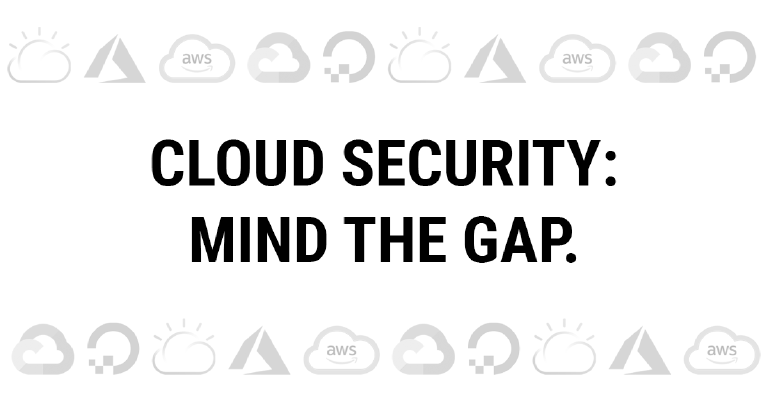
Product security & SSDLC
Cybersecurity skills are scarce and hard to attain. In software development, product security is essential for mitigating business and compliance risks. Security bugs caught early in the Secure Software Development Lifecycle are easy and cheap to fix.
SSDLC is slowly but surely becoming new norm for products with high security requirements. But it's hard to build security measures that don’t contradict product values, don’t hinder business progress and protect against pragmatic risks. We are masters of this craft.
Security challenges in
product development
Product security != application security
Software products do not exist in a vacuum. It's essential to choose complementary infrastructure security controls, carefully assess everything against the risk model, and prioritize the expenditure of finite resources.
Product-oriented security
A product reflects of a business model, which in turn reflects the value that the product delivers. It's important to ensure that security doesn't contradict the values provided to the customer.
No silver bullet
There is neither a single product or framework that can meet all your security needs; neither a standard approach that can match all security requirements; neither is there a standard approach which satisfies all security requirements.
Compliance requirements
More and more customers face compliance and regulatory requirements that have a direct impact on product decisions, in particular, for multi-regional software.
How SSDLC solves these challenges
Risk-driven security
Value for the money stems from a thorough understanding of which security features are risk-relevant. Some of them are more crucial for your product's risks, while others can wait.
Breaking is easy. Building is hard
Running SSDLC requires planning, implementation, and verification of security measures in your product with the aid of a qualified security engineering team.
Preventing cyber attacks
When SSDLC is driven by real and pragmatic risks, security threats are eliminated early on, giving your development team confidence in the product.
Our approach to product security
Shared understanding of product value and business risks
Our risk assessment process is geared towards product teams' needs. We assess your software's maturity posture and advise on how to push forward while preserving your product values and development team capabilities.
Deep collaboration with dev team
During the first 3-6 months of our collaboration, we work closely with your team to ensure that the SSDLC process fits the team and the product's risk model. We gently guide and mentor developers.
Gradual training and hiring
Some teams prefer keeping the majority of their security knowledge inside. We help them in gradually taking over parts of SSDLC, while also assisting in hiring staff to replace us.
Like our approach?
Business impact
Tailored security
Security will be tailored to your product and user-friendly. We bring pragmatic security and do not push hyped tools “just because”.
Cost-efficient security measures
Sustainable security is risk-optimal and budget-aligned. We advise on carefully growing security capabilities instead of throwing money at a problem.
Unhindered product process
We know how to minimize roadmap surprises, imminent operational failures, and development slowdowns. Security engineers are partners with software developers and SREs.
Improved team coordination
Most of our customers notice that when they work with us on product security, their development teams get more organised and run efficiently.
Our mission is simple.
We help you focus on serving your customers better, while relieving your team from security engineering pains and making your users confident that their data is safe with you.
Contact us
Your development team lacks security mindset? Let’s talk.
Build and streamline your secure software development process to ensure that your products become more secure with each release.
Relevant stories and posts


End-to-end encryption and multi-device synchronisation for 6M users
Encrypting data for Bear — the Apple Design Award-winning application while focusing on performance and usability.


Cryptographic IP protection for AI/ML product
Protecting unique IP (ML models) against leakage and misuse using multi-layered encryption on ephemeral keys.

Shared responsibility model in cloud security: mind the gap
Security responsibility of cloud providers: where it ends, what are the gaps, and what steps your team should make to improve cloud security strategy.